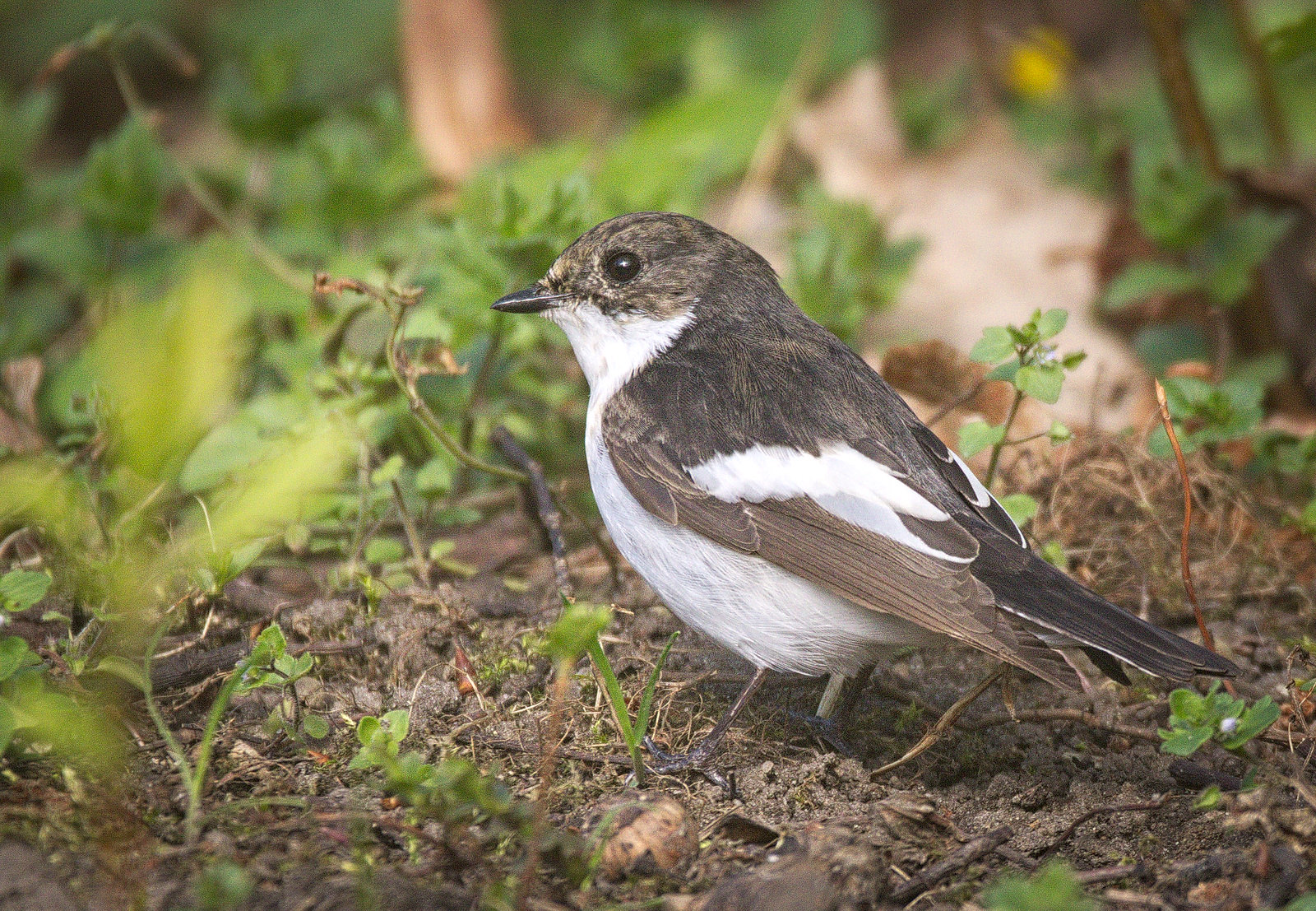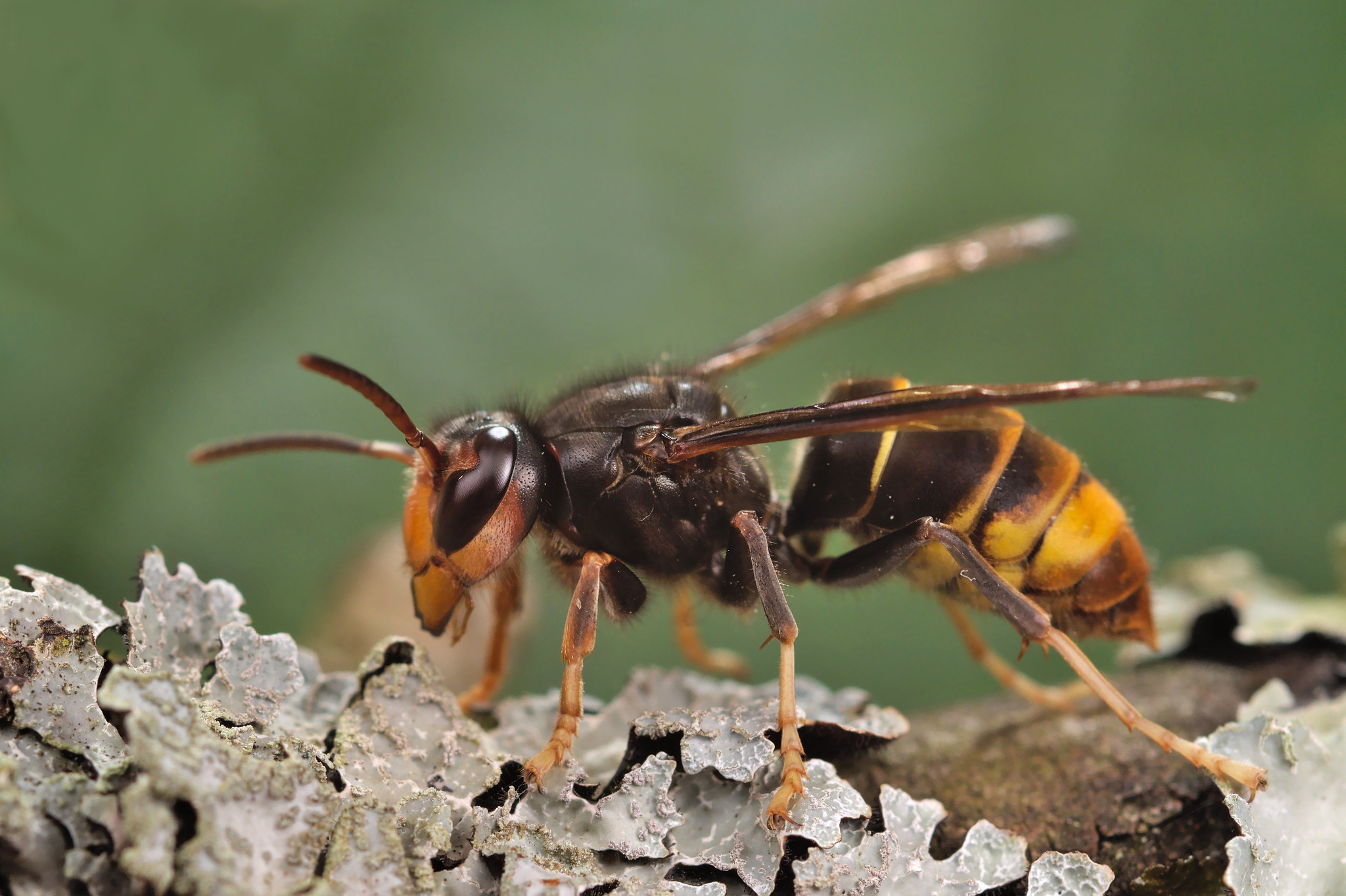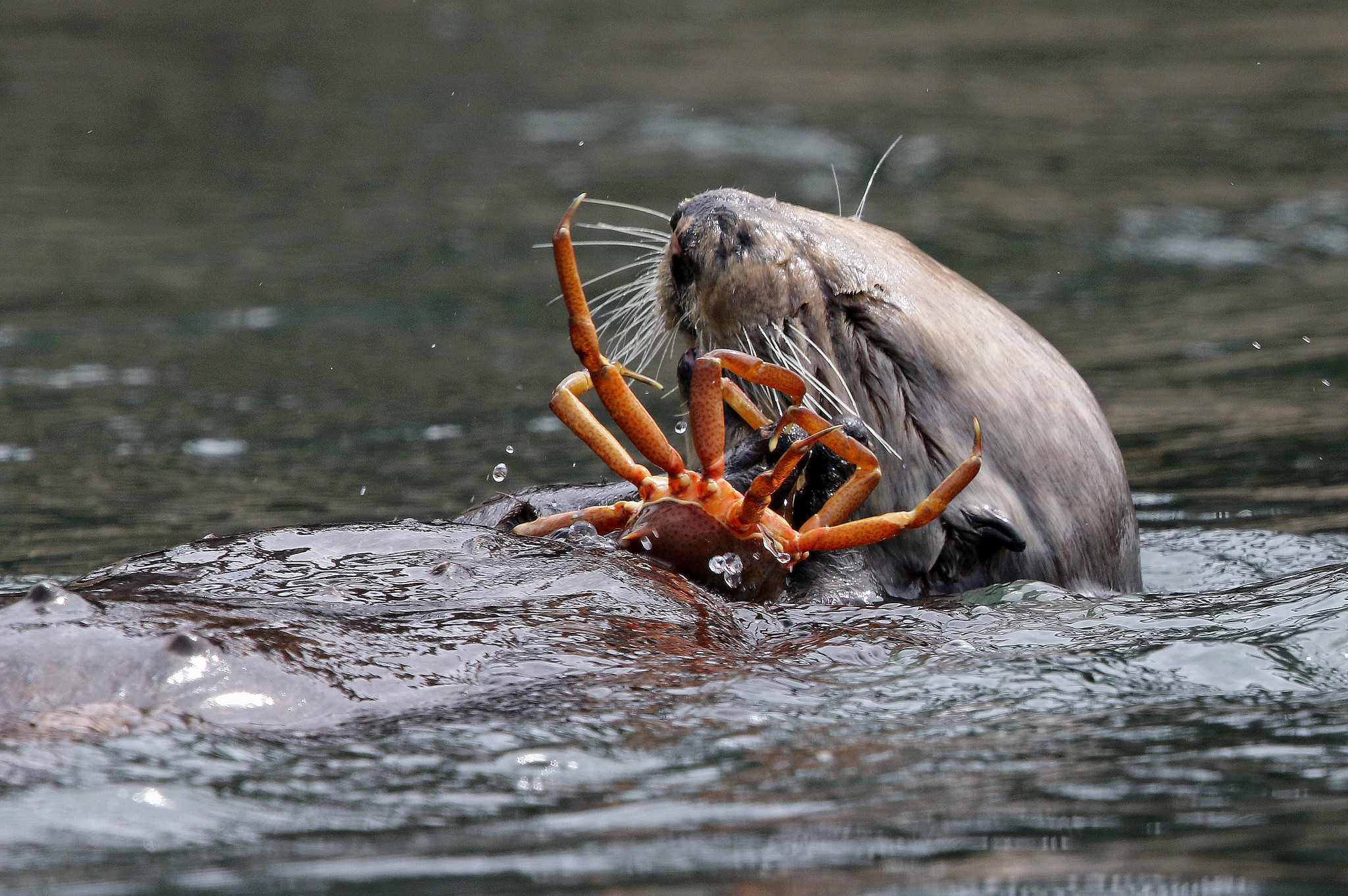Climate crisis
Unusual spring weather is affecting bird migrations. The Wood Warbler, Redstart and Pied Flycatcher migrate from sub-Saharan Africa to British oak woods every spring and depend on Oak Moth caterpillars to feed their young. In recent years, these caterpillars had already emerged and were pupating by the time the birds arrived, resulting in their chicks starving. This year, however, they are facing a new issue: as spring has been so wet and cold, many birds have not reached Britain yet, while those that have are having to search for food in cool weather and have not begun nesting. These shifts in long-term weather patterns are likely to continue to cause migration issues going forward due to their unpredictability.

The final Venezuelan glacier has been downgraded to an ‘ice field’ following large-scale glacial melt. This follows the loss of at least six other glaciers across the country in the last century due to an increase in global temperatures. In March 2024, researchers revealed that the Humboldt glacier had shrunk from 450 hectares to just two hectares. More recent observations show that, in the last two months it has reduced in size further to the area of just two football pitches. The latest projections suggest that between 20–80% of glaciers worldwide will be lost by 2100 as a result of climate change, with some of this loss already inevitable despite attempts to combat climate breakdown.
Environment
New record of Asian Hornet sightings threatens native pollination species. While Asian Hornets aren’t yet established in the UK, recent flooding and warm temperatures are increasing the risk of this species spreading across the country. Defra has warned that early detection and irradiation is the key to saving our native pollinator species who are known to feed on Honeybees. Since 2016, there have been 108 sightings of Asian Hornets, 56 of which were recorded last year alone. A further eight have been reported in the UK so far this year. Kent is on the front-line of the battle against this species with many of the UK sightings recorded in this county.

Pioneering project that makes eco-friendly concrete from crushed shells may be the answer to extreme flooding. A team at the University of Central Lancashire has developed an innovative, sustainable, permeable concrete made from recycled crushed scallop and whelk shells that would otherwise go to landfill when discarded by fishmongers. Trials are being undertaken in Blackpool to assess its effectiveness in gardens, footpaths and car parks, and early results are very positive.
Over 8,000 hectares of land ‘left to nature’ to increase biodiversity. This restoration project, run by Forestry England and supported by both Forest Holidays and the Government, will be implemented in four areas across the UK: Castle Neroche, Somerset; Kielder Forest, Northumberland; Newtondale, North Yorkshire and Purbeck, Dorset. The project aims to minimise human involvement, allowing nature to shape these forest landscapes itself. Andrew Stinger, The Head of Environment at Forestry England, stated that, although the team is uncertain how these areas will evolve once human activity is reduced, they are confident they will become more biodiverse with the help of reintroduction initiatives, aid flood mitigation, improve air quality, and restore soil health.
Science

Study reveals that female Sea Otters are using tools to help preserve their teeth. Researcher Chris Law documented the moment that a female Sea Otter used a rock anvil to open the shell of its next meal, a type of behaviour which has previously been witnessed in very few animals. Further investigation revealed that, when there’s a decline in their preferred food, female Sea Otters have evolved to use tools to allow them to overcome their weaker biting ability when compared to their male counterparts, which allows them to consume alternative, larger prey without damaging their teeth.






